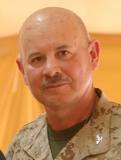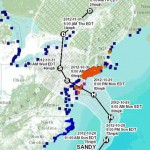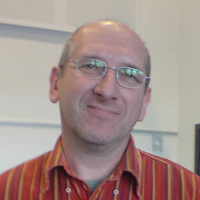
Complex, force is.
Yoda: Dynamic Causation vs. Systemic Causation
Further commentary:
IDEN C: John Pourdehnad just gave a talk, and I thought David Ing's notes from it were good reading. John more or less channels Ackoff, but also relates it to contemporary efforts. About half way down he says this:
Mechanical systems may explain through cause and effect, but social systems are producer-product” and then he explains further.
IDEN A might object that there should be one universal description of something like causation for all systems. I sympathize, but if 'cause' continues to work for the physicists, I really don't want to get in their way (though some might argue that it is a problem in non-classical physics). I just want something that works for social systems, where we have the symbol as well as the physical referent to deal with (Peirce), plus the purposes of the symbolizers, and that's not physics.
IDEN B: Ether matters. The Eastern school of the space between the things, the relationships between any two things and all other things, the time, the context, the phase of the moon. I believe science is starting to discover that that there is no “nothing” only, there is “something” everywhere, we just cannot see it. Jump to 26 dimensions instead of 3 or 4. Bottom line: there is no one answer, only infinite answers, and the only way to get a tentative grip on infinite answers is to have infinite diversity of minds speaking with clarity and grounded in integrity.





